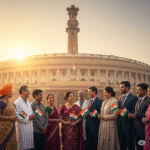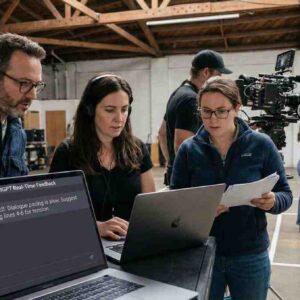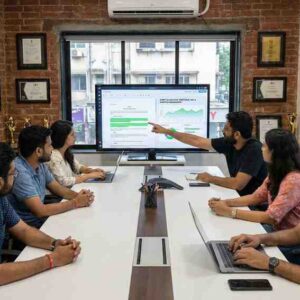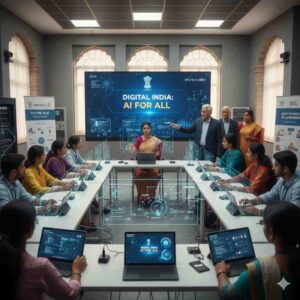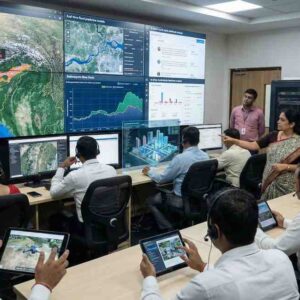Unlocking Creativity with AI: Harnessing ChatGPT for Artistic Inspiration
Key Takeaways:
- ChatGPT can act as a creative partner to artists, providing fresh ideas, conceptual frameworks, and narrative elements to infuse into their work.
- Using ChatGPT helps artists overcome creative blocks by offering new perspectives and unconventional ideas that can be transformed into artistic projects.
- Artists leveraging ChatGPT report enriched creative processes and enhanced artistic output due to the diverse and innovative suggestions provided by the AI.
- ChatGPT’s versatility makes it an excellent tool for artists working across various mediums and styles, from traditional to digital art.
Artistic creativity often requires a constant influx of new ideas and inspirations. ChatGPT, with its vast knowledge and generative capabilities, offers artists a unique resource to explore creative concepts that might not be immediately accessible through traditional brainstorming methods. Whether you’re a painter, sculptor, digital artist, or work in mixed media, ChatGPT can help expand your creative horizons.
Strategies for Using ChatGPT to Generate Art Ideas
1. Theme Exploration
Start by asking ChatGPT to generate themes or explore subjects you’re interested in. ChatGPT can provide a broad range of ideas, including historical, futuristic, cultural, or fantastical themes, which can serve as the foundation for your artwork.
- Prompt Example: “Generate a list of unique themes that combine nature with technology for a series of paintings.”
2. Concept Development
Once you have a theme, ChatGPT can help develop it further into a detailed concept. This might include setting, mood, symbols, and key elements that can give depth to your artistic work.
- Prompt Example: “Develop a concept for a digital art piece focused on urban sprawl as seen through the lens of a post-apocalyptic world.”
3. Narrative Creation
For artists interested in storytelling through their art, ChatGPT can help create compelling narratives or backstories for the characters and settings you envision.
- Prompt Example: “Create a backstory for a character who is discovering an ancient lost city in the jungle.”
4. Technique and Medium Suggestions
ChatGPT can suggest new techniques and mediums to experiment with, based on the latest trends in the art world or traditional methods that might be new to you.
- Prompt Example: “Suggest some innovative mixed media techniques that incorporate both acrylics and digital elements.”
5. Artistic Challenges
To push your creative boundaries, ask ChatGPT to propose artistic challenges or projects. This can include specific constraints that might spur creativity, such as using limited color palettes or thematic restrictions.
- Prompt Example: “Propose a challenging project that involves creating artwork using only recyclable materials.”
6. Collaboration Ideas
ChatGPT can also suggest ideas for collaborative projects with other artists or ways to involve community interaction in your art-making process.
- Prompt Example: “Suggest ideas for a collaborative art project that can involve both professional artists and community members.”
Benefits of Using ChatGPT for Artistic Creation
- Diverse Inspirations: Provides access to a wide array of cultural, historical, and fantastical elements that can inspire unique artworks.
- Overcoming Creative Blocks: Offers continuous flow of ideas, helping artists break through creative stagnation.
- Experimentation and Learning: Encourages experimentation with new techniques and mediums, fostering growth and learning in the artistic process.
- Personalized Assistance: Tailors suggestions to the artist’s style, preferred mediums, and thematic interests, making the creative advice highly relevant.
Conclusion
ChatGPT is a powerful tool for artists seeking to expand their creative repertoire and explore new artistic territories. By engaging with this AI, artists can not only find inspiration for their work but also explore new techniques, collaborate with others, and even challenge their own creative limits. As AI continues to evolve, its role in the artistic process promises to become even more significant, offering artists around the world new ways to imagine and create.




